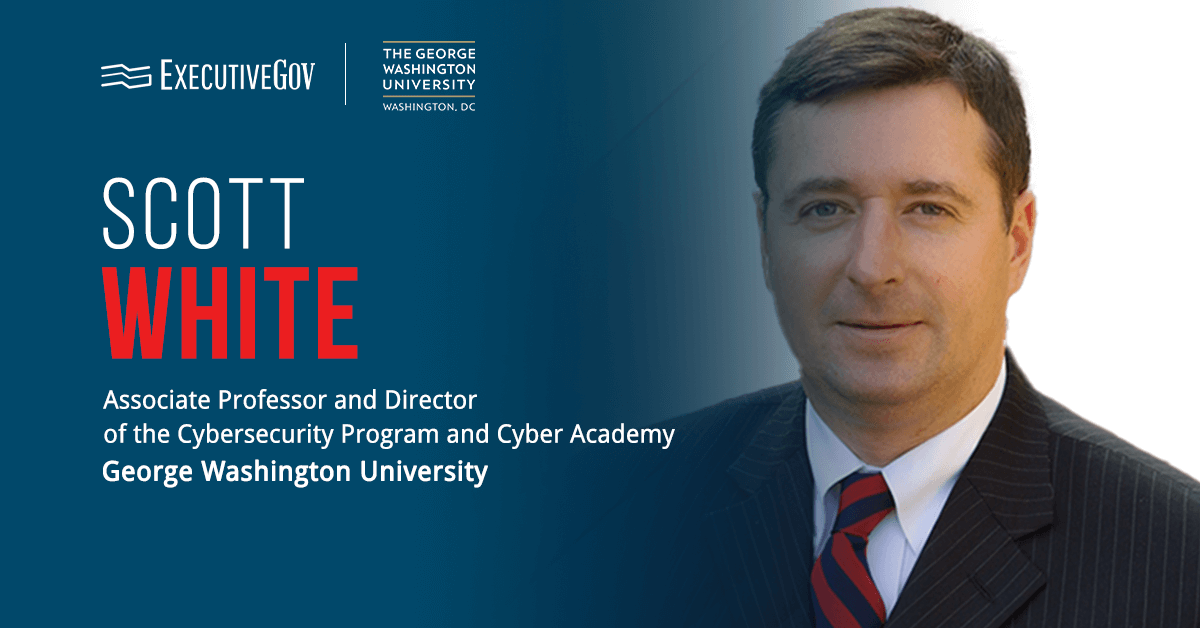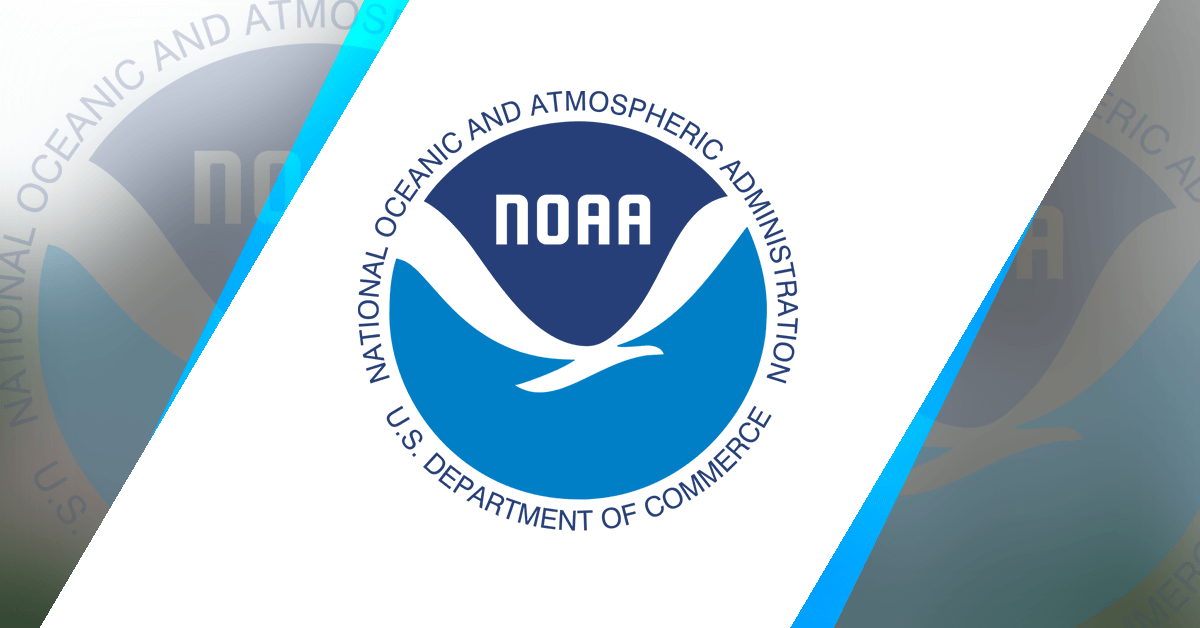The Department of Defense has published its Software Modernization Implementation Plan for fiscals 2025 and 2026. The document provides a detailed strategy for accelerating the delivery of software capabilities necessary to meet the department’s priorities and goals.
Table of Contents
DOD Software Modernization Plan Overview
The new implementation plan builds on the achievements of a similar document issued for fiscals 2023 and 2024 and provides the next set of tasks to guide the Pentagon’s software-related activities.
The plan identifies three goals: to accelerate the DOD Enterprise Cloud Environment, establish department-wide software factories, and enable resilience and speed. The tasks are grouped in line with the aforementioned goals.
The DOD Software Modernization Senior Steering Group is in charge of the implementation of the Pentagon’s Software Modernization Strategy. The group is led by the Office of the DOD Chief Information Officer, the Under Secretary of Defense for Acquisition and Sustainment, and the Under Secretary of Defense for Research and Engineering.
Software Procurement Evolution
Some of the tasks identified in the document encourage the use of new software development and acquisition practices. For instance, the implementation plan urges DOD components to increase the use of continuous authorization to operate, or cATO, to strengthen cyber postures and to address cyberthreats in a timely manner.
The implementation plan also continues to promote the use of software acquisition pathways and calls for the creation of measures of progress to better understand adoption and impact.















